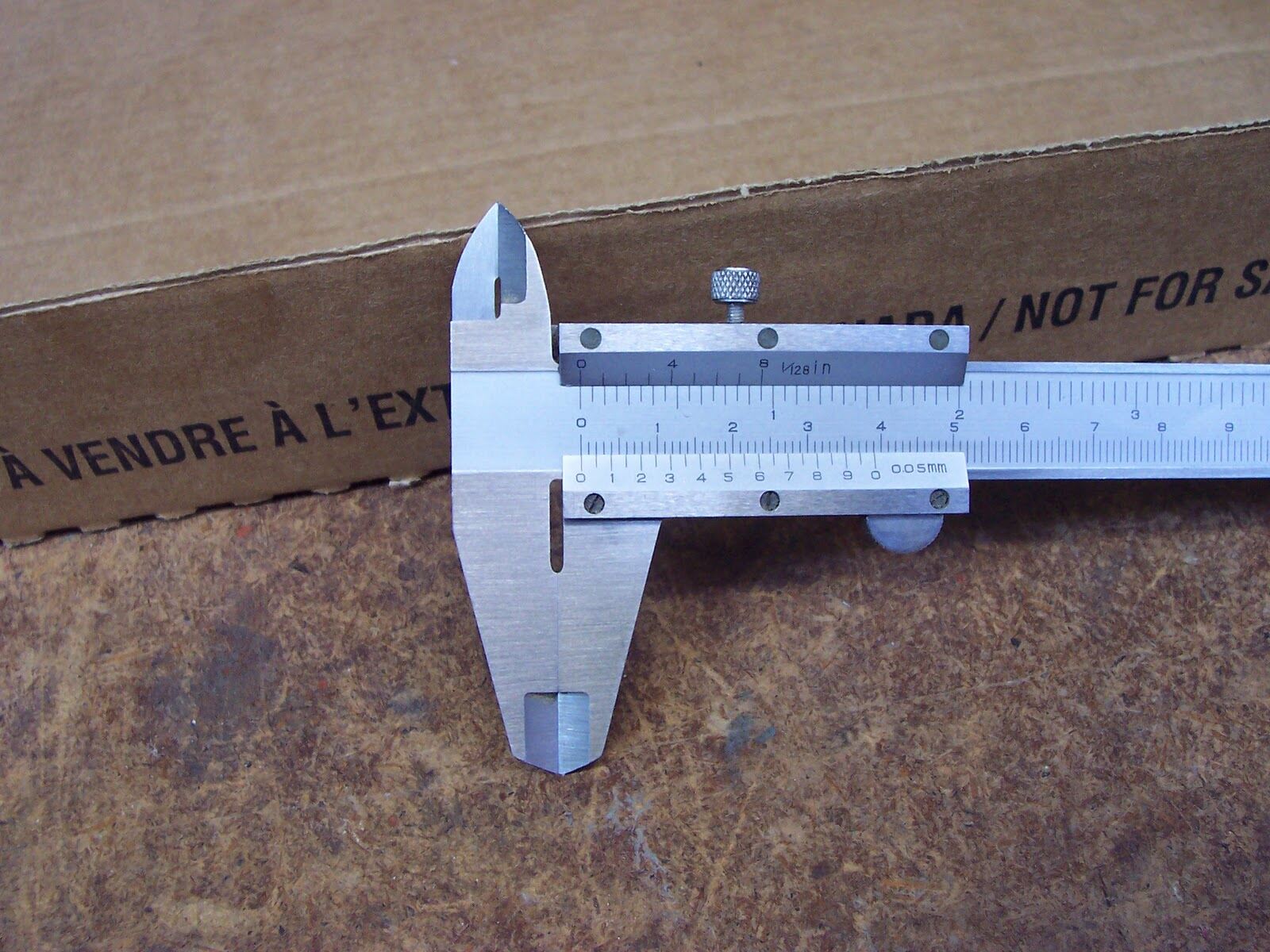

Articles
How To Read Vernier Calipers
Modified: February 17, 2024
Learn how to read vernier calipers in this informative article. Discover tips and techniques for accurate measurements.
(Many of the links in this article redirect to a specific reviewed product. Your purchase of these products through affiliate links helps to generate commission for Storables.com, at no extra cost. Learn more)
Introduction
Welcome to this comprehensive guide on how to read vernier calipers. Vernier calipers are precision measuring instruments that are commonly used in various industries, such as engineering, manufacturing, and carpentry. They provide accurate measurements with high precision, making them essential tools for professionals and hobbyists alike.
Understanding how to read vernier calipers is crucial for obtaining accurate measurements. While the instrument may seem complex at first glance, it becomes much simpler once you grasp the basic principles and learn how to interpret the different scales.
In this article, we will walk you through the process of reading a vernier caliper, step by step. By the end, you will have a clear understanding of how to use this versatile tool and obtain precise measurements for your projects.
So, let’s dive right in and explore the world of vernier calipers!
Key Takeaways:
- Mastering the art of reading vernier calipers is essential for precision measurements in various industries. Understanding the main and vernier scales, as well as taking accurate measurements, is key to success.
- Practice and attention to detail are crucial for reading vernier calipers accurately. By mastering this skill, you can confidently obtain precise measurements for your projects, contributing to their success.
Read more: How Do You Read Calipers
Understanding Vernier Calipers
Before we delve into reading vernier calipers, it’s important to have a solid understanding of how these instruments work. Vernier calipers consist of two main components: the main scale and the vernier scale.
The main scale is the long, graduated scale that is typically marked in millimeters or inches. It is fixed to the body of the caliper and remains stationary while taking measurements.
The vernier scale, on the other hand, is the secondary scale that slides along the main scale. It has finer graduations and is used to measure fractions of a unit on the main scale.
When the vernier scale is aligned with the main scale, the zero points of both scales should coincide, indicating that the caliper is properly calibrated. Without proper alignment, the measurements will be inaccurate.
Vernier calipers also have additional features such as depth rods and jaws for measuring inside and outside dimensions. These features add versatility to the instrument, allowing for a wide range of measurements.
Now that we have a basic understanding of the components of vernier calipers, let’s move on to the next step: reading the main scale.
Reading the Main Scale
The main scale of vernier calipers is typically marked in millimeters or inches, depending on the unit of measurement being used. It is divided into primary divisions, which represent whole units, and smaller subdivisions, which represent fractions of a unit.
To read the main scale, start by identifying the whole number value on the main scale that is to the left of the zero point of the vernier scale. This represents the whole units of measurement. For example, if the zero point of the vernier scale aligns with the 15 millimeter mark on the main scale, then the measurement would be 15 millimeters.
Next, look at the fine divisions on the main scale between the whole number values. These are the smaller subdivisions and represent fractions of a unit. Each smaller division is typically marked in increments of 0.1 or 0.02 units, depending on the precision of the caliper.
To determine the decimal portion of the measurement, observe which line on the vernier scale aligns perfectly with the line on the main scale. Note the number on the vernier scale that lines up with a line on the main scale, and this will give you the fractional part of the measurement.
Add the whole number value from the main scale and the fractional part from the vernier scale together to obtain the final measurement.
For example, if the whole number part is 15 millimeters, and the vernier scale aligns with the 0.5 line on the main scale, the measurement would be 15.5 millimeters.
Reading the main scale on a vernier caliper may take some practice, but with time, it becomes easier to identify the values and accurately read the measurements.
Now that we have covered how to read the main scale, let’s move on to the next step: reading the vernier scale.
When reading a vernier caliper, always note the main scale reading first, then find the vernier scale division that aligns with a division on the main scale. The number of the aligned division on the vernier scale gives the additional measurement.
Reading the Vernier Scale
The vernier scale on a vernier caliper is a secondary scale that slides along the main scale. It consists of fine divisions that are slightly different in size compared to the divisions on the main scale. These divisions allow for more precise measurements than what can be obtained from the main scale alone.
To read the vernier scale, locate the zero mark on both the main scale and the vernier scale. Check if they align perfectly. If they do, then the instrument is properly calibrated, and you can proceed with the measurement. If not, make sure to adjust the position of the vernier scale until the zero marks align.
Next, observe the lines or divisions on the vernier scale that are in line with the lines on the main scale. Each line on the vernier scale represents a fraction or a decimal part of a unit. The value of the fractional part can be determined by identifying the division that lines up perfectly with a division on the main scale.
For example, let’s say the zero point of the vernier scale aligns with the main scale at the 1.2 centimeter mark. If the fourth line on the vernier scale lines up with a line on the main scale, then the fractional part would be 0.04 centimeters (since each line on the vernier scale represents 0.01 centimeters).
Combine this fractional part with the whole number value from the main scale to obtain the final measurement.
It’s important to note that reading the vernier scale requires careful observation and attention to detail. The smallest increment on the vernier scale represents the measurement precision of the caliper, so accuracy is crucial.
Practice and familiarity with the vernier scale will improve your ability to read measurements with ease and precision.
Now that we have covered how to read the vernier scale, let’s move on to the next step: taking measurements using vernier calipers.
Taking Measurements
Now that you understand how to read both the main scale and the vernier scale on a vernier caliper, let’s move on to the practical aspect of taking measurements.
- Position the object: Place the object you want to measure between the jaws of the vernier caliper. The jaws can be used to measure both inside and outside dimensions of objects. Make sure the object is aligned and secured firmly for accurate measurements.
- Close the jaws: Gently close the jaws of the caliper until they are snugly fitted against the object being measured. Be careful not to apply excessive force, as this can distort the measurement.
- Read the main scale: Look at the main scale and identify the whole number value to the left of the zero point on the vernier scale. This represents the units of measurement, such as millimeters or inches.
- Read the vernier scale: Observe which line or division on the vernier scale aligns perfectly with a line on the main scale. This will give you the fractional part of the measurement.
- Add the readings: Combine the whole number value from the main scale with the fractional part from the vernier scale to obtain the final measurement.
For example, if the main scale reads 5 centimeters and the vernier scale aligns with the 0.3 line, the measurement would be 5.3 centimeters.
It’s important to note that for accurate measurements, practice and precision are key. Take your time to ensure that the caliper is correctly aligned and that you are reading the scales accurately.
Additionally, remember to take multiple measurements and record the average for increased accuracy. This is especially important when dealing with critical dimensions or when the object being measured has irregularities.
By following these steps and practicing regularly, you will become proficient in taking accurate measurements with vernier calipers.
Now that we have covered the process of taking measurements, let’s wrap up this guide.
Read more: How To Read Calipers With Dial
Conclusion
Congratulations! You have gained a comprehensive understanding of how to read vernier calipers and take accurate measurements. Vernier calipers are powerful tools that provide precise measurements for a variety of applications in engineering, manufacturing, and other industries.
Throughout this guide, we have walked you through the components of vernier calipers, including the main scale and the vernier scale. We have also explored how to read both scales and how to take measurements effectively.
Remember, practice is key to mastering the use of vernier calipers. Take every opportunity to use the caliper and refine your measurement skills. Pay attention to details, ensure proper alignment, and take multiple measurements for increased accuracy.
By becoming proficient in reading vernier calipers, you will be equipped with a valuable skill that can contribute to the success of your projects. Precise measurements are essential for producing high-quality products and achieving consistent results.
So, the next time you encounter a task that requires precise measurements, confidently reach for your vernier caliper and put your newfound skills to use. You will be able to obtain accurate measurements and ensure the success of your projects.
Thank you for reading this comprehensive guide on how to read vernier calipers. We hope it has provided you with the knowledge and confidence to utilize this handy tool effectively. Happy measuring!
Frequently Asked Questions about How To Read Vernier Calipers
Was this page helpful?
At Storables.com, we guarantee accurate and reliable information. Our content, validated by Expert Board Contributors, is crafted following stringent Editorial Policies. We're committed to providing you with well-researched, expert-backed insights for all your informational needs.
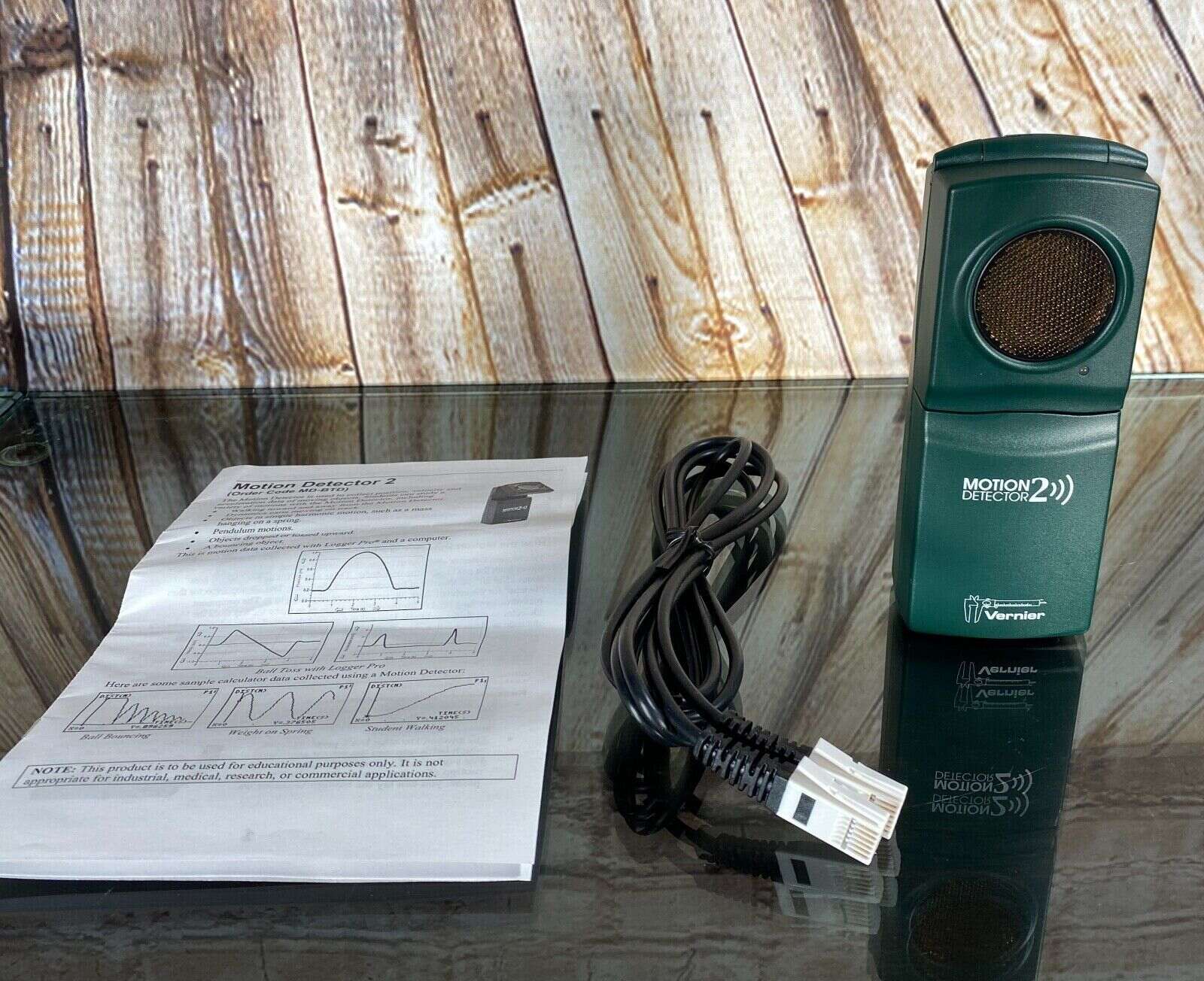
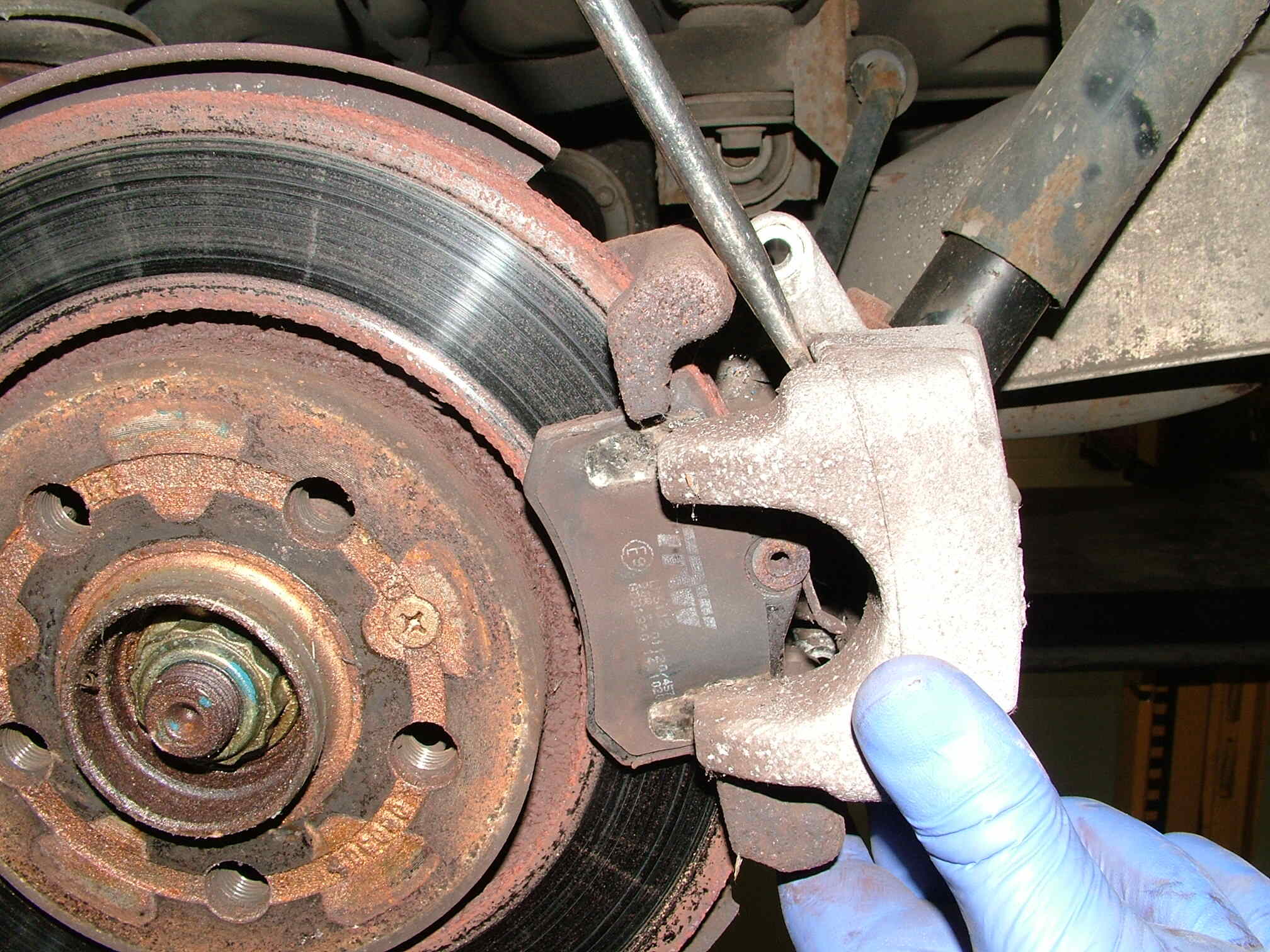
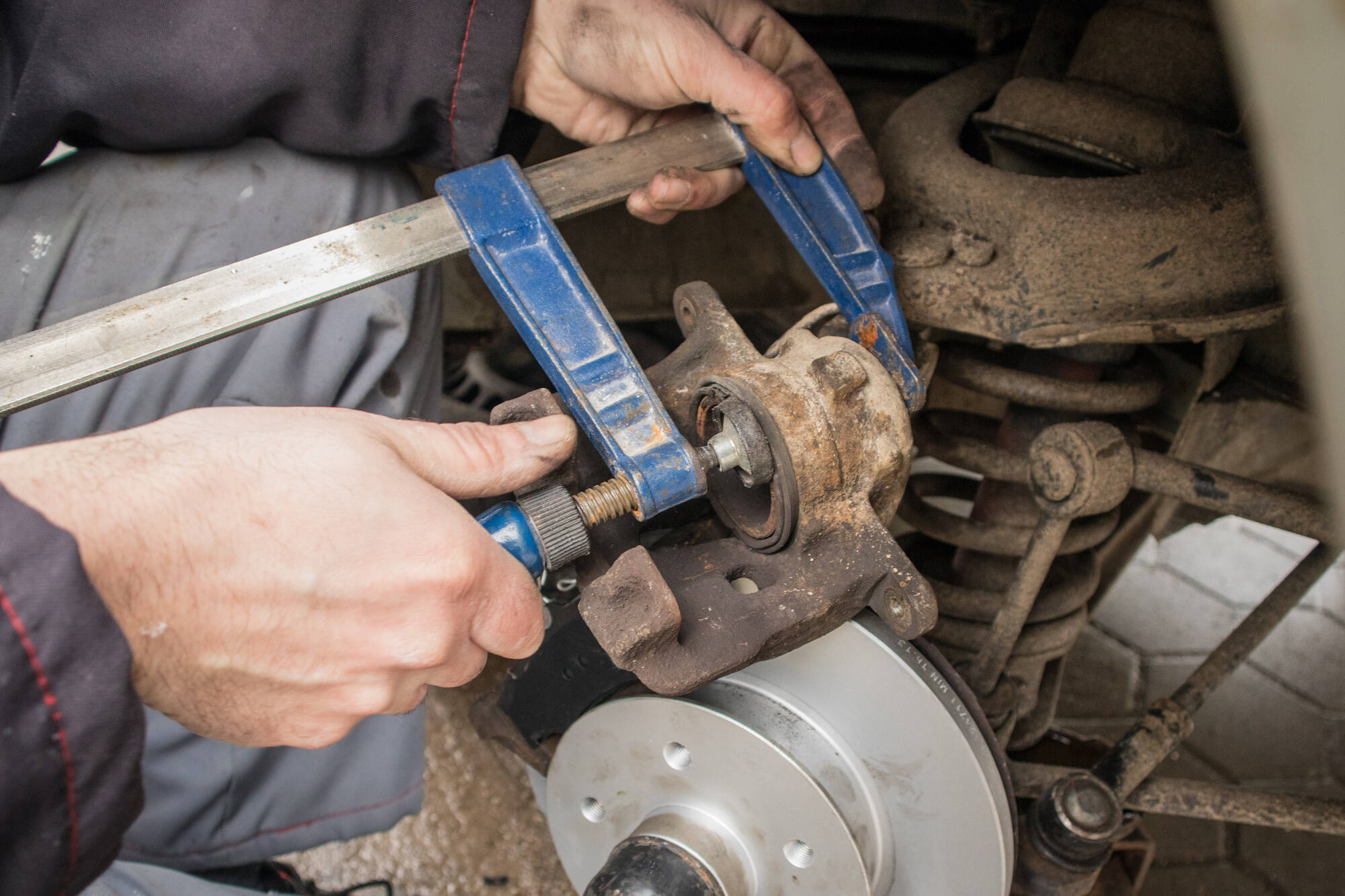
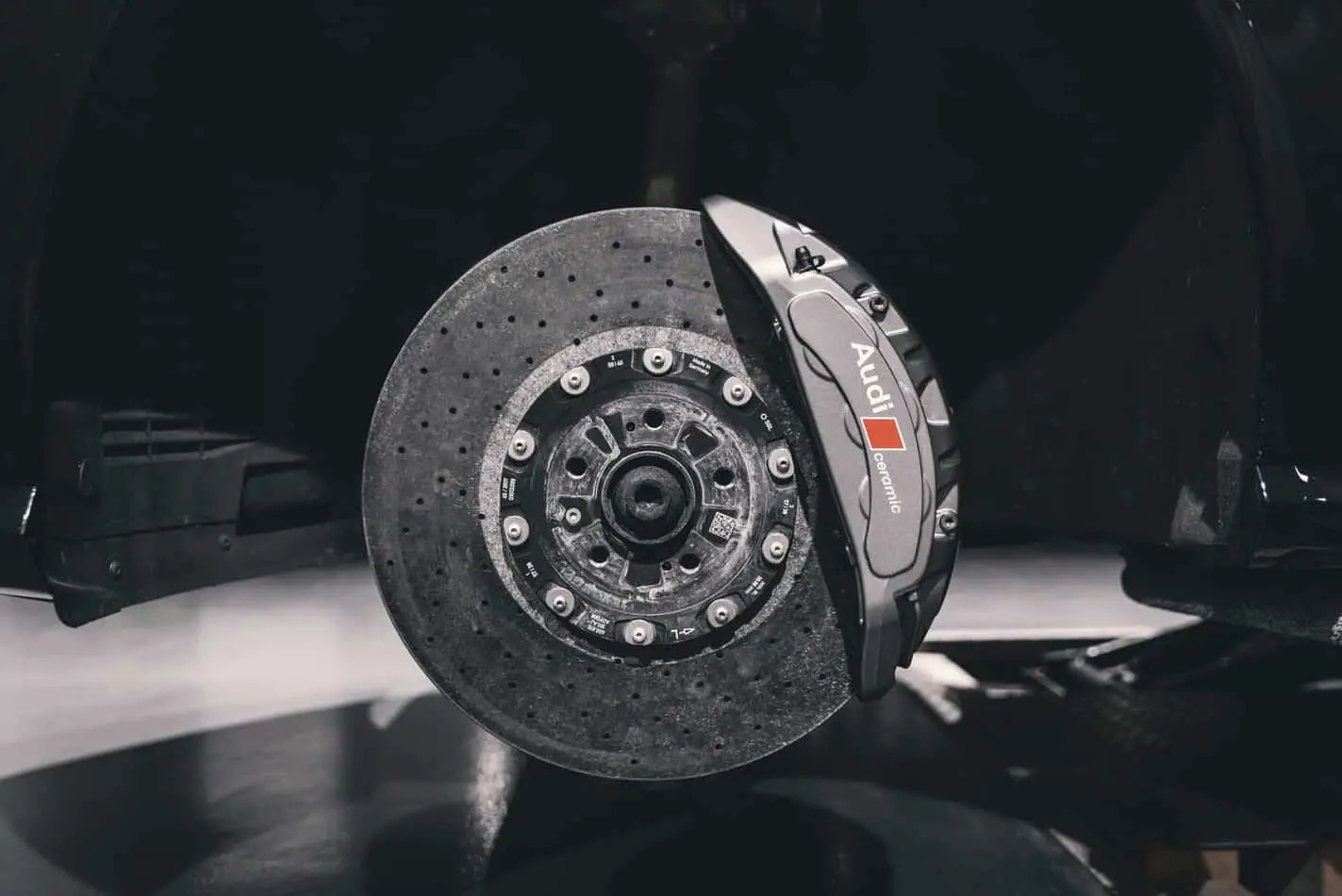
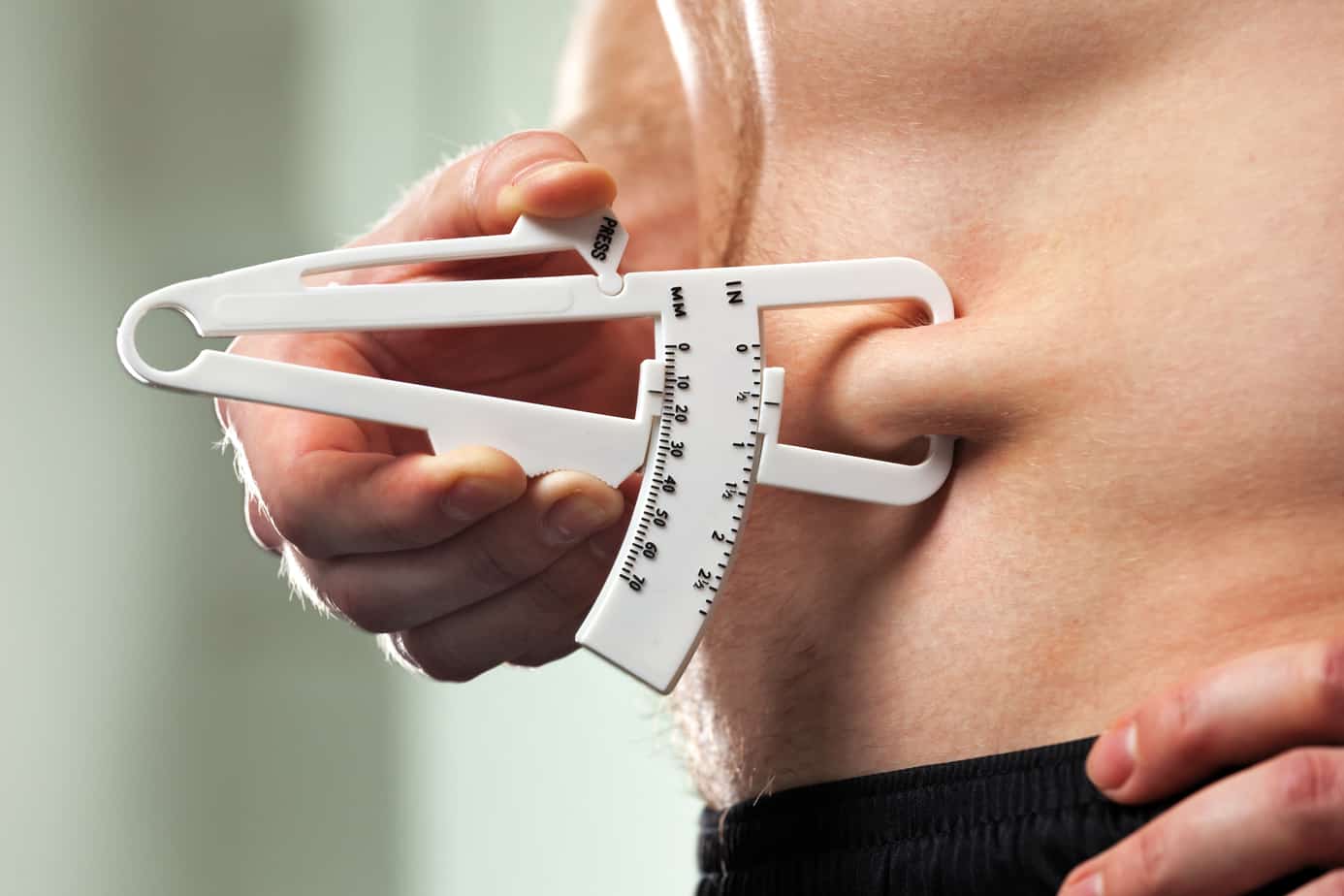
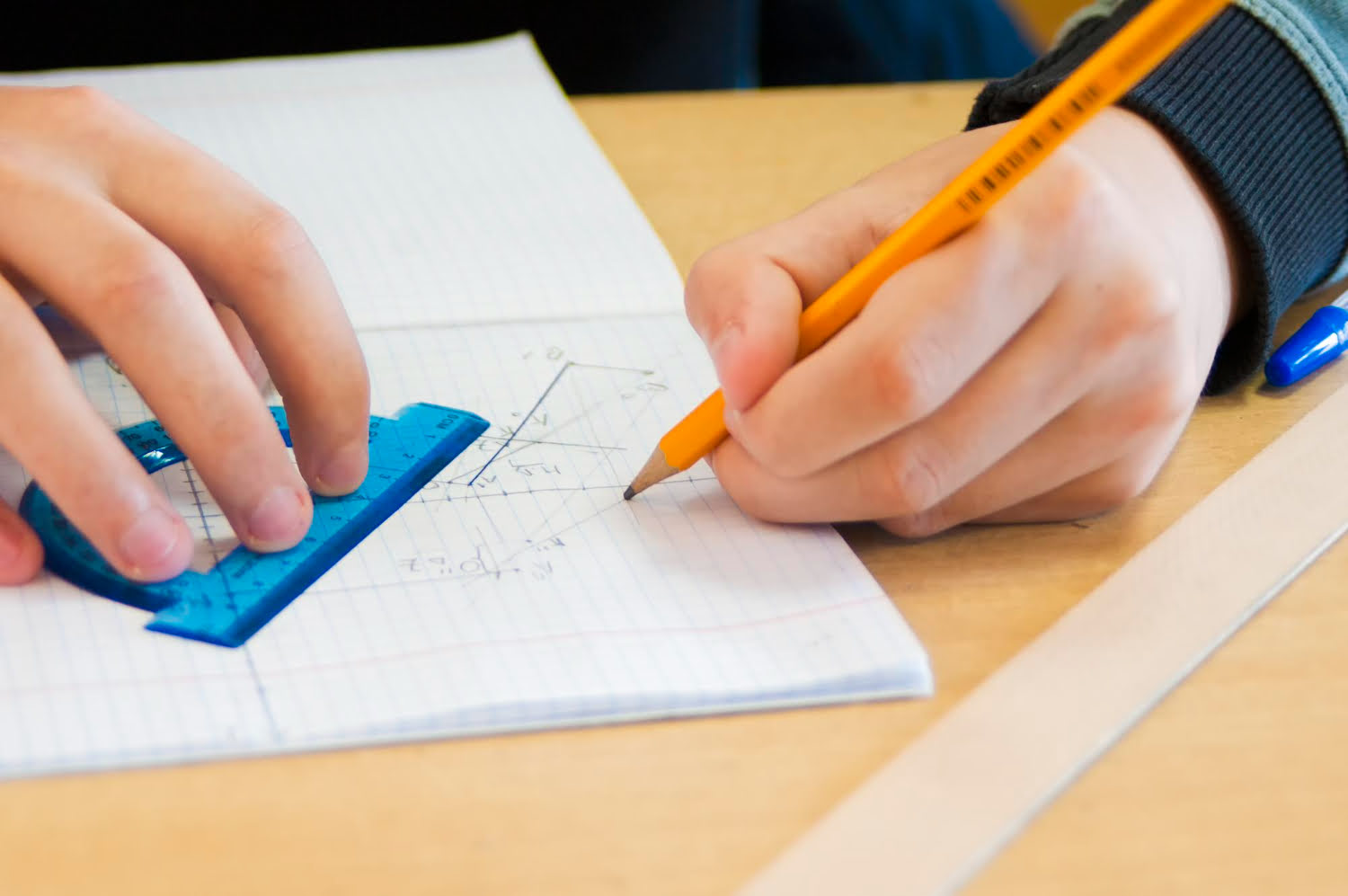

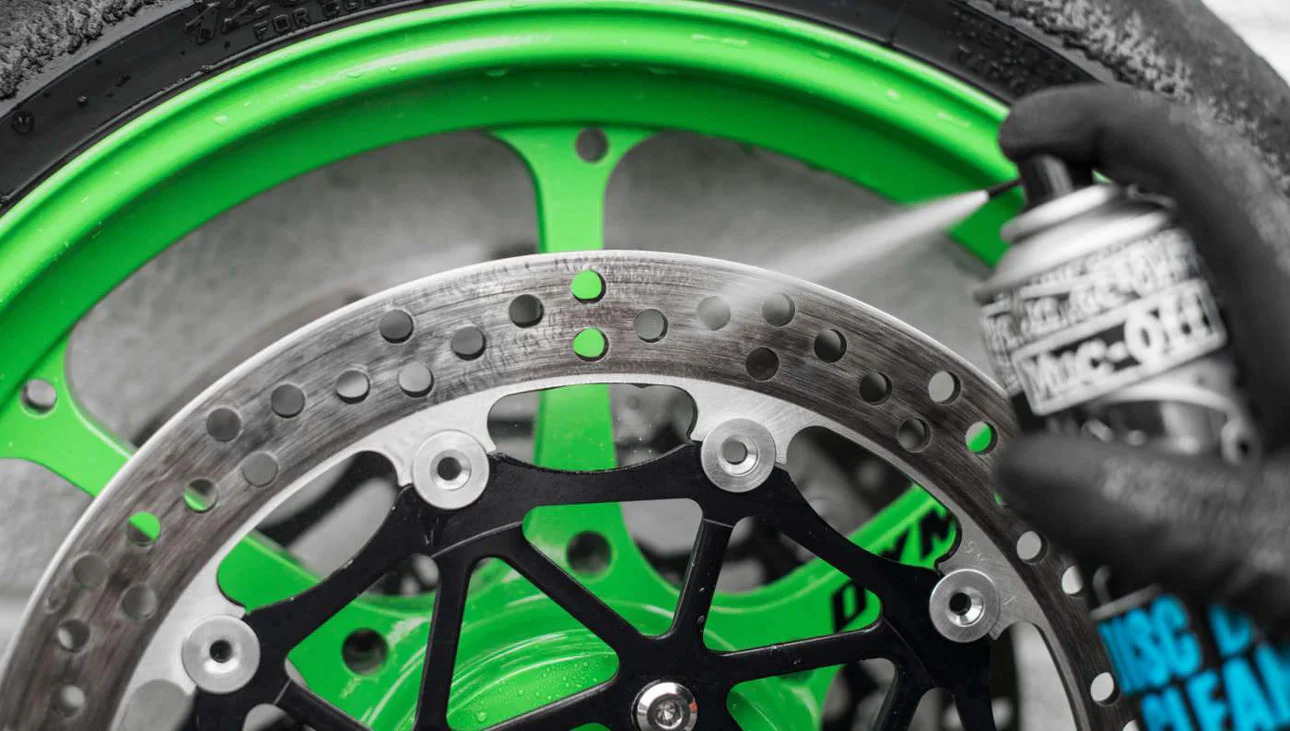
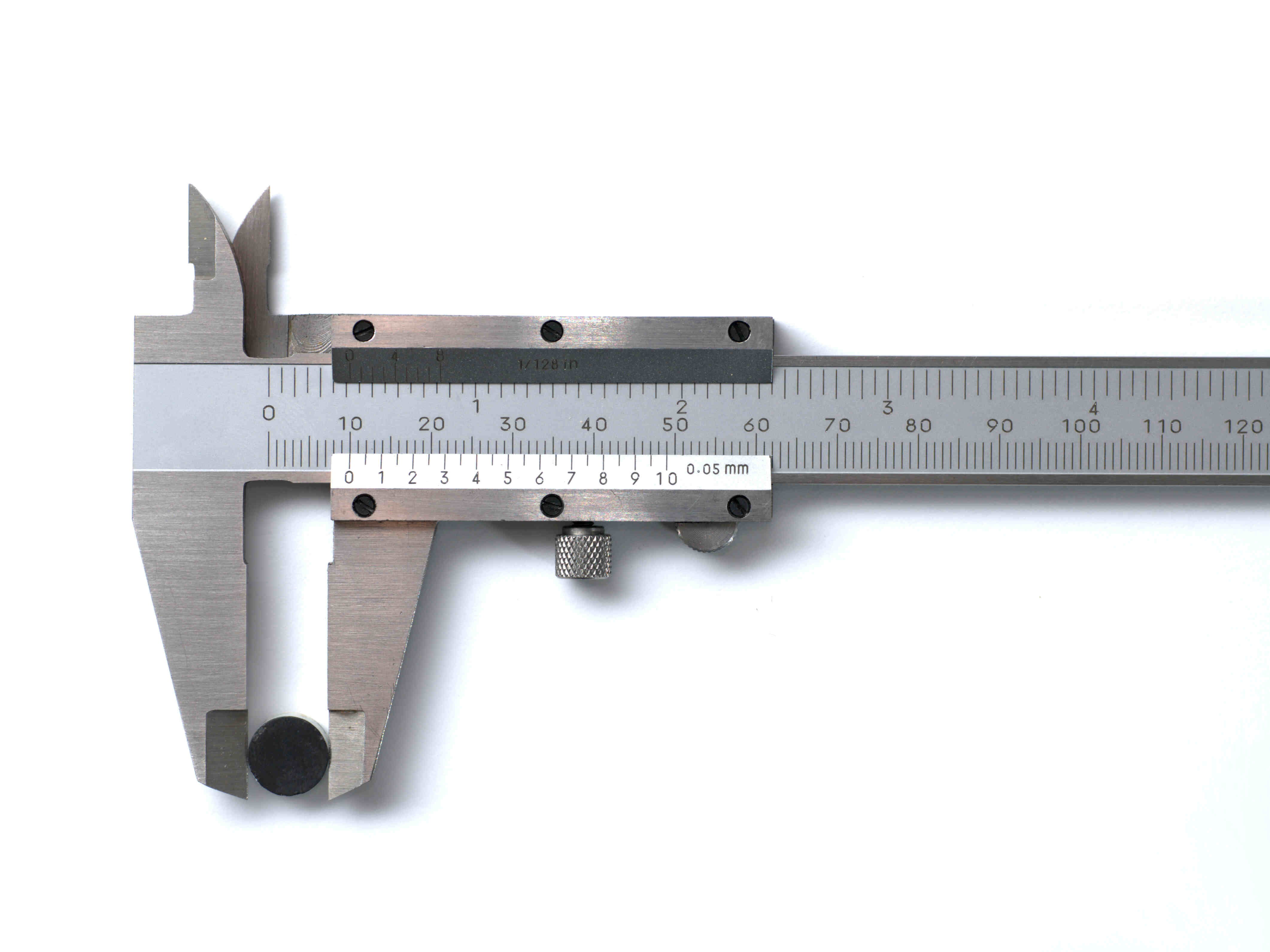


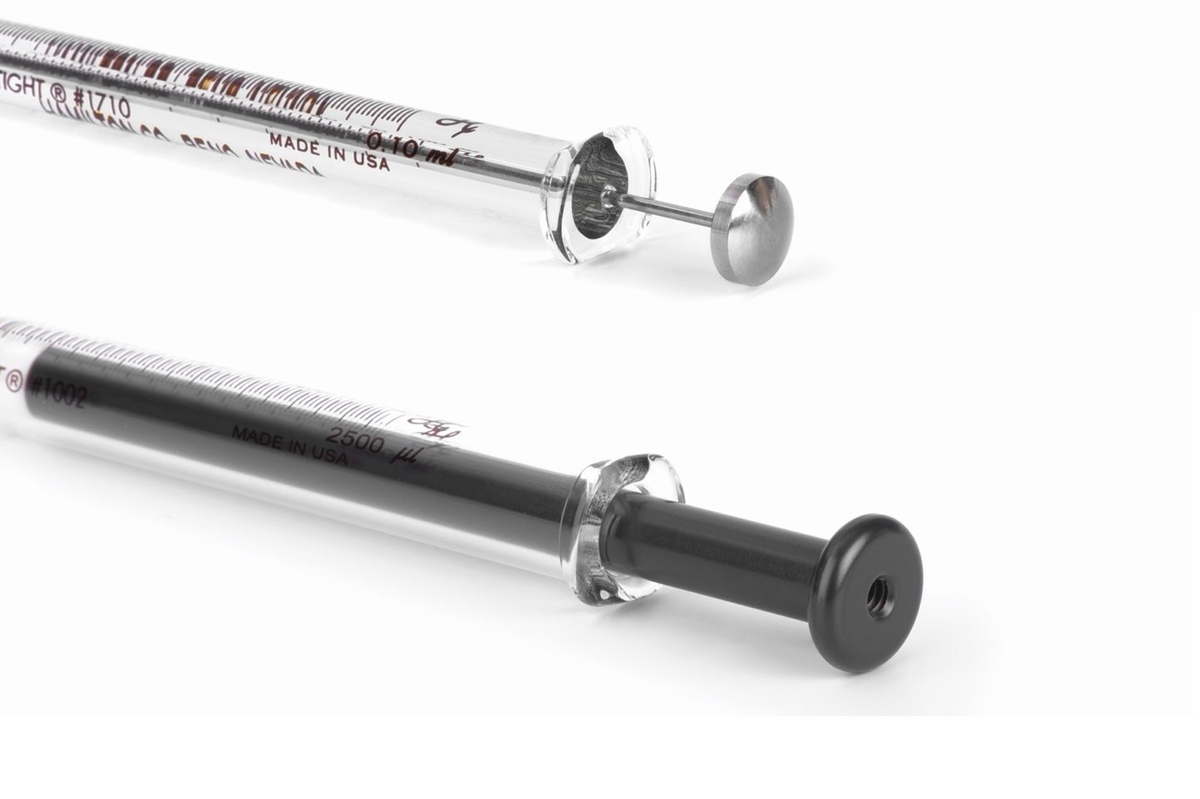

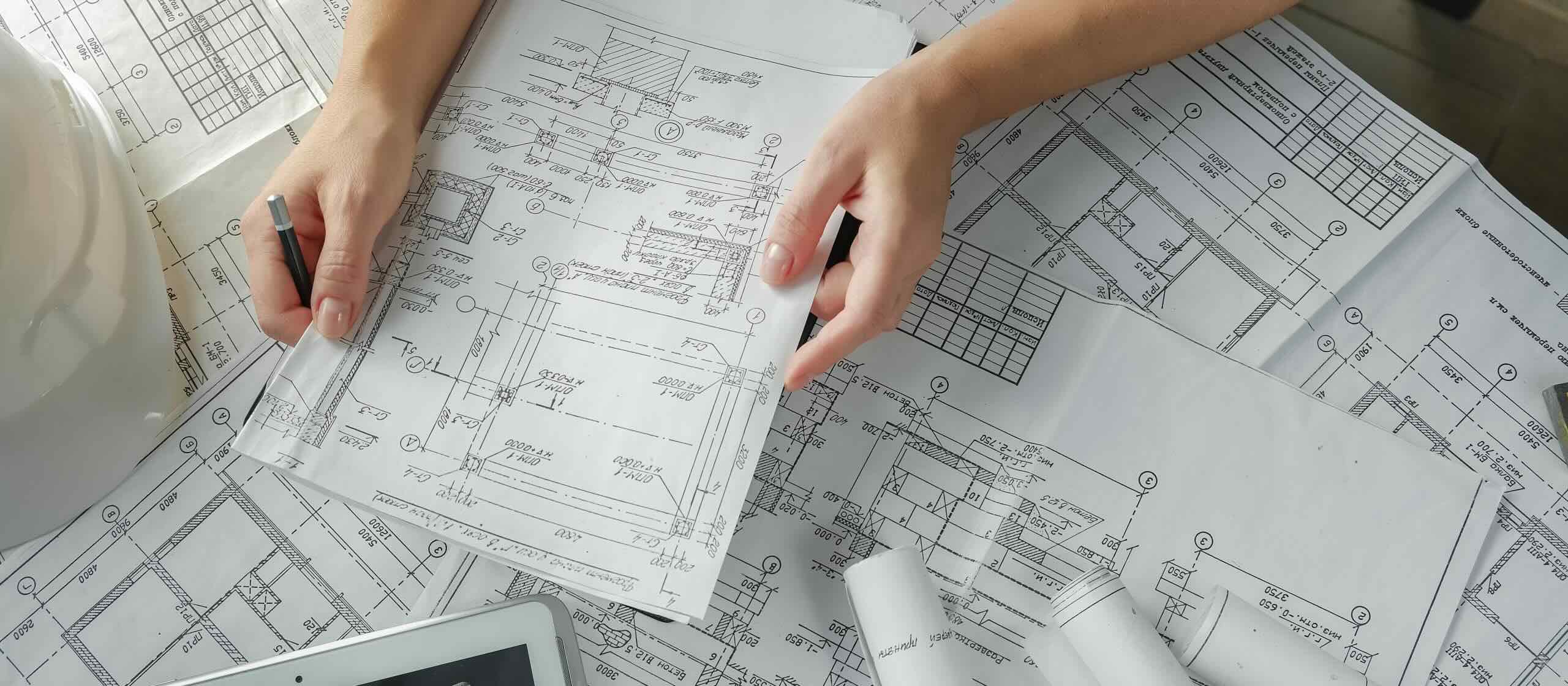

0 thoughts on “How To Read Vernier Calipers”